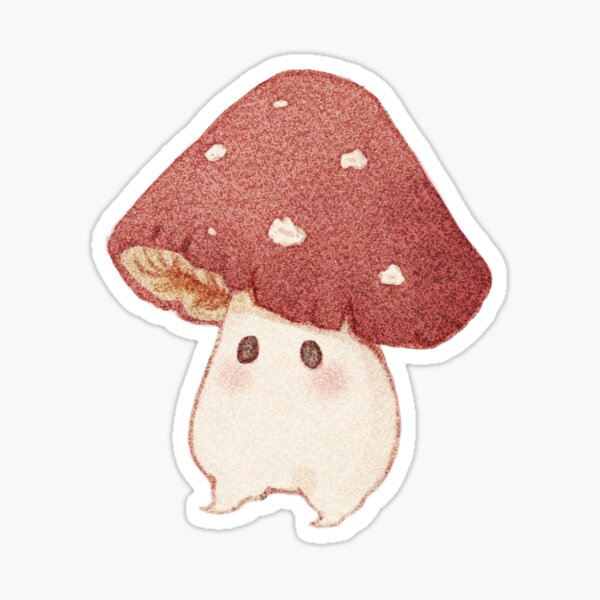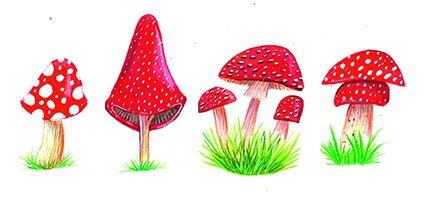Blog, Fungi, Learn, Mushroom Species
Fun Facts about Fungi and the world of Mushrooms
As most folks look towards the sunny warmth and rainy days or spring and summer we start to long for all things green and growing. Whether you are an avid gardener or walker of the woods, chances are most of us are just itching for the touch and smell of warm, moist earth, new growth and the ever more present signs of life. And while the smallest signs of life can be found as early as March in the twittering of birds and the peeping heads of spring bulbs, it is not until late spring and early summer warmth and rains that we begin to see the sprouting heads of mushrooms and fungi.
This fascinating group of organisms that delicately walk the line between plant and animal. Growing in dirt and relying on a root system called mycellium to feed, the fungi family is often mistakenly considered a plant. They are, however, heterotrophs which requires them to consume for their food, and their curious cell structure can baffle any budding biologist. (Fungi cells contain a substance called chitin which is otherwise only found in insects.)
So, as we look forward to warmer, wetter, more fruitful times, lets look at some fun facts about the curious fungi family:
Did you know?
- Molds, truffles, yeasts, plant rust, and lichen are all part of the fungi family.
- Although typically associated with dark, wet places, they can live in any environment from desserts to arctic tundra.
- Fungi can range in size from microscopic to enormous. In fact, a honey fungus that grows primarily underground in the Malheur National Forest in Oregon is considered the largest living organism on Earth. It spans over 965 hectares and is affectionately called “The Humongous Fungus.”
- They can be both beneficial and destructive to their environments. NASA found that the Chernobyl fungus Cladosporium sphaerospermum feeds off the nuclear radiation and converting it into chemical energy. On the other hand, the honey fungus of Malheur National Forest is feeding voraciously off the forest and destroying the trees in order to sustain itself.
- Some fungi are more willing to be cultivated than other. For example, white button mushrooms are happy to grow for just about anyone, while morel mushrooms are notoriously hard to grow anywhere but in nature, on their own.
Speaking of Cultivating
Cultivating mushrooms is often considered a daunting task, however, it shouldn’t be so. Even the most inexperienced grower can begin growing mushrooms with the right tools and information. And the best part of mushroom cultivation is that it needn’t wait for the weather to break! Thanks to tools like substrate heating cables, spawn bags, substrate trays and the wide variety of substrates now available, growing in your home or commercially has never been easier.
If you are itching to get your fingers dirty before it is time to start planting the seedlings, or if you love watching things grow from the comfort of your home, consider giving the fun little fungi a try. Check out these great resources to get started:
- How to Grow White Button Mushrooms in 13 steps
- Growing Gourmet Mushrooms at Home from Waste Coffee Grounds
- How to Grow Mushrooms at Home for Pizzas, Pastas, Appetizers, and More
Think you might be ready to take the leap?
If this article has tickled your appetite for growing your own mushrooms, hop on over to our shop for everything you need to get started.
Did we leave you with questions?
If you still have questions about getting started, we would be happy to help. Contact one of our knowledgeable representatives now to have all your questions answered before you get started.



